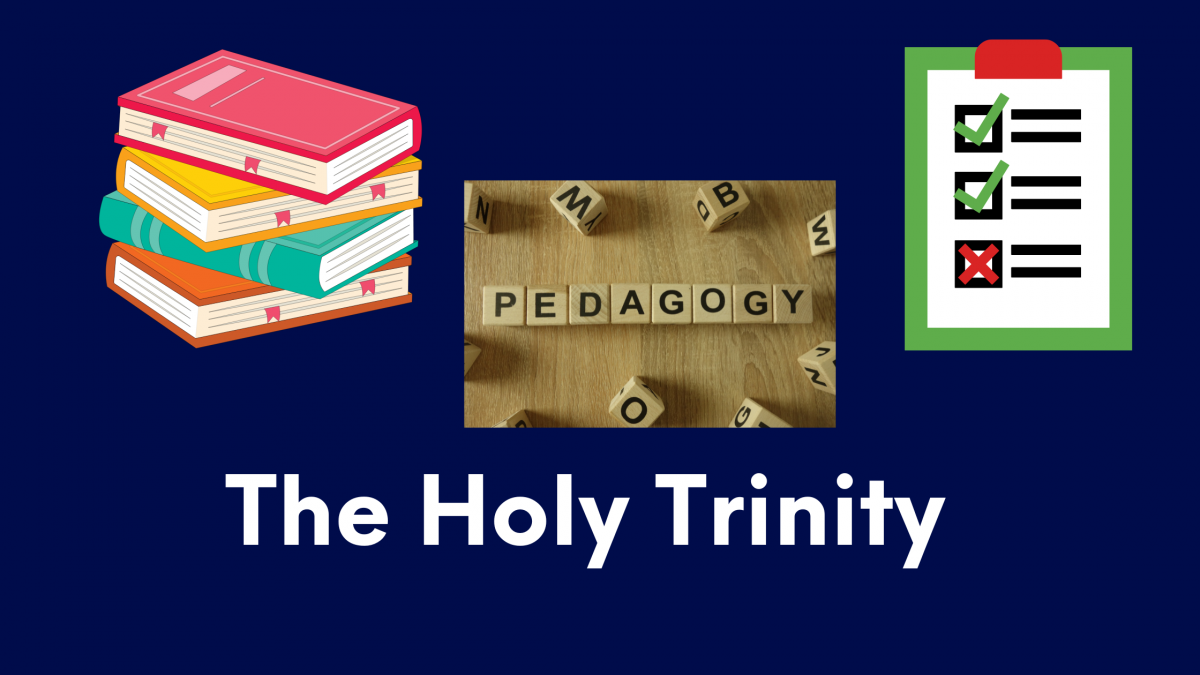
The Holy Trinity
New entrepreneurs desirous of entering the preschool space as well as existing players wanting to turn themselves into NEP 2020-compliant institutions are overwhelmingly reposing their faith in the system developed by Nalanda Learning. While on the face of it, it looks simple the thought that has gone into the development of the system and the painstaking work that has turned it virtually fool-proof are being cited as the reason being the popularity of the Nalanda Learning System.
Says Tamal Mukherjee, the visionary who had started developing the system way before the mandates were declared. “The core of the system is a seamless interplay between Curriculum, Pedagogy, and Assessment – the Holy Trinity of early childhood education as it were.” On the outer periphery, though no less important are processes of continuous teacher training and the enlightened involvement of parents who are co-opted into the system for the greater good of the child.
Curriculum
NCF & Nipun Bharat dictates that emphasis must be given to Foundational Literacy & Numeracy (FLN) by Grade 3-which effectively means that the children should be proficient in basic mathematical calculation, comprehension, and understanding while developing reading, problem-solving, and lateral thinking skillsets. “A weak foundation makes catching up tough in the later years of academics,” said Tamal Mukherjee, adding “Nalanda focuses on each of these points to design a compact curriculum through activities aligned to solve problems, think horizontally and help the children imbibe basic comprehending and calculating.”
Pedagogy
Similarly learning in the early years need to be less book driven and more activity oriented. So, designing outcome-oriented activities that provide a scientific approach, and add just that element of fun has been incorporated. As the audio-visual medium has more impact than just dourly listening in a class, interactive games, and videos have been introduced leading to books, play, activities, games, and videos all leading to experiential and immersive ways of teaching a child. It will not be out of place to mention here that at Nalanda there are 1600 videos and games aligned to 7 pillars of learning: Language & Numeracy Development; Cognitive Development; Physical & Motor Development; Personal, Social & Emotional Development; Sensory &Perceptual Development; Creative Development and Spiritual & Moral Development.
Assessment
Measuring the effective implementation of the above and evaluating the progress of each individual child is also a challenge, especially in ensuring that they adhere to the standards mandated by the NEP. Towards this end, Nalanda has the Monthly Development checklist which is a detailed report format that focuses individually on each of the 7 pillars of development. There are different questions every month under each category and by observing the students the teachers can rate children by their progress.